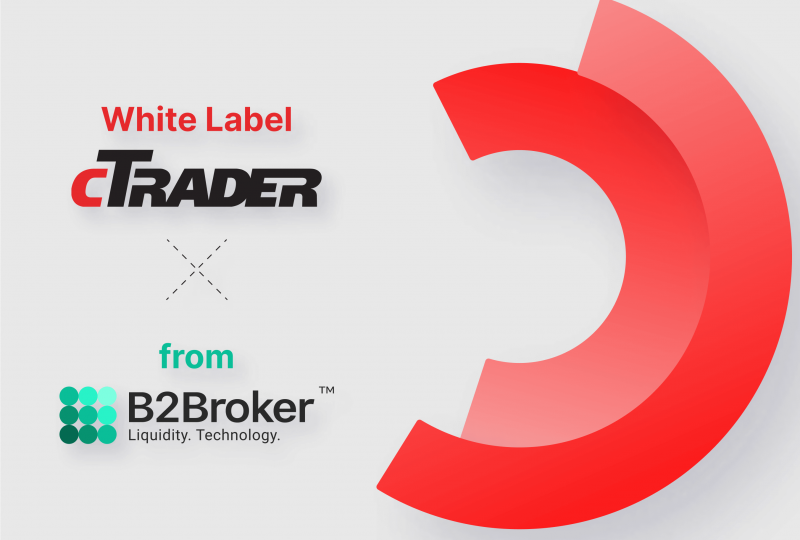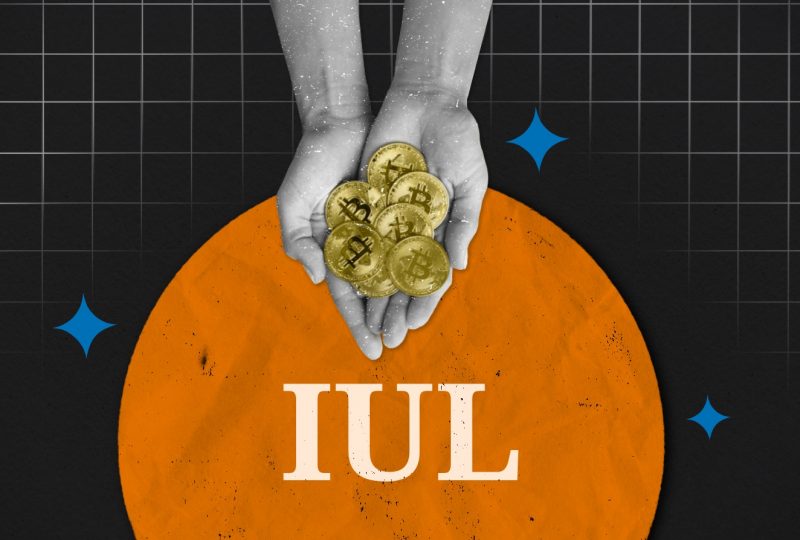Senators Lummis and Gillibrand Introduce Algorithmic Stablecoins Legislation
Apr 19, 2024

In today’s world, stricter laws are being introduced every day in any area of business to enable safe operation and a maximally protected environment. Stablecoins have been one of the hottest topics for regulators in the digital assets field.
Today, stablecoins are again in the spotlight, as Senators Cynthia Lummis and Kirsten Gillibrand initiated a new bipartisan bill. This initiative was caused by the augmenting reputation of stablecoins, and it addresses regulatory uncertainties surrounding them, mainly focusing on the promising sector of algorithmic stablecoins.
Defining the Operational Scheme
At the heart of the presented Lummis-Gillibrand Payments Stablecoin legislation is a detailed framework formulating the functional guidelines for stablecoin issuers. The bill aims to define who can issue dollar-pegged digital assets and establish requirements for their operation within the United States. Senator Lummis said that the bill preserves the dual banking system and “installs guardrails that protect consumers and prevent illicit finance while ensuring we don’t derail innovation.”
Under the proposed legislation, stablecoin issuers would be subject to rigorous standards to ensure the stability and reliability of their digital assets. Payment stablecoin issuers, particularly, would face reserve and operational requirements, including the obligation to maintain full dollar backing for their tokens.
Banning Algorithmic Stablecoins
A notable aspect of the bill is its stance on algorithmic stablecoins, which rely on algorithmic mechanisms rather than total reserves to maintain their value. The legislation appears to ban such tokens, emphasising the importance of transparency and asset backing in the stablecoin market.
Gillibrand stated: “It protects consumers by mandating one-to-one reserves, prohibiting algorithmic stablecoins, and requiring stablecoin issuers to comply with US anti-money laundering and sanctions rules.
To draft the strongest bill possible, our offices worked closely with the relevant federal and state agencies and I’m confident this legislation can earn the necessary support in the Senate and the House.”
Safeguarding Consumer Interests and Promoting Financial Innovation
Senator Gillibrand emphasised the consumer protection measures mentioned in the bill, including one-to-one reserves and compliance with anti-money laundering and sanctions rules. These provisions aim to enhance consumer confidence and protect against illicit finance while fostering innovation in the digital asset space.
The Role of Federal and State Regulators
The proposed legislation also defines the roles of federal and state regulators in overseeing stablecoin issuers. Both regulatory entities would play crucial roles in ensuring compliance with the bill’s provisions, safeguarding the integrity of the stablecoin market and protecting consumers’ interests.
Clarifying Limits on Stablecoin Issuance in US Stablecoin Legislation
To manage the size and scope of stablecoin issuance, the bill imposes a $10 billion limit on non-depository trust companies. Institutions exceeding this threshold would be required to obtain authorisation as national payment stablecoin issuers, subject to heightened regulatory scrutiny.
Collaboration with the Federal Deposit Insurance Corporation (FDIC)
The bill establishes a receivership regime in partnership with the FDIC to bolster consumer confidence further. This regime aims to prioritise customer assets in the event of issuer bankruptcy, providing clarity on claims validity and asset classification.
Looking Ahead
The introduction of the Lummis-Gillibrand Payments Stablecoin legislation marks a significant milestone in regulating stablecoins in the United States. In modern reality, ensuring robust oversight and consumer protection remain paramount goals.




